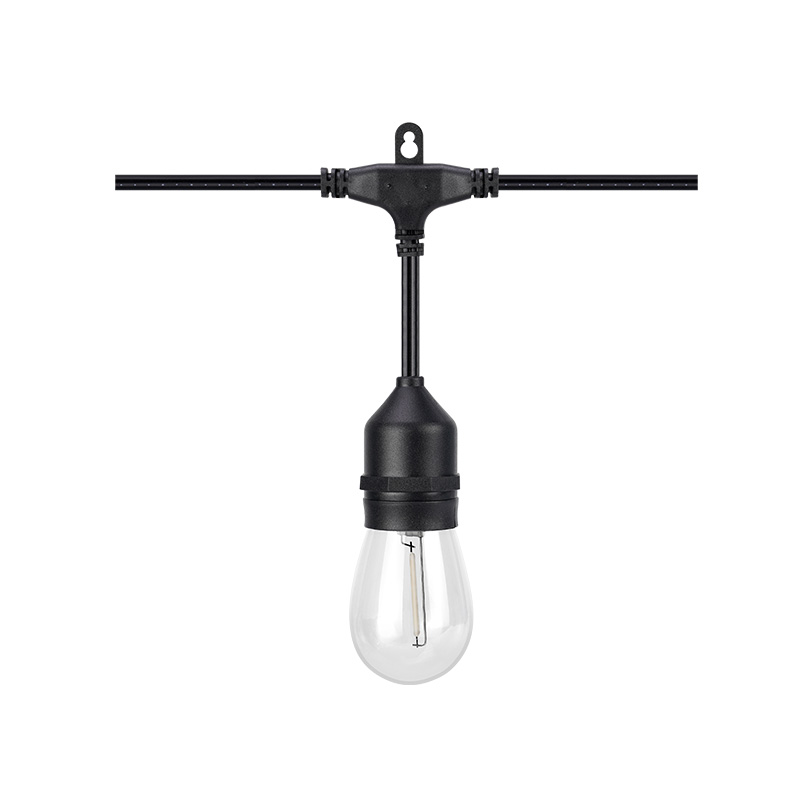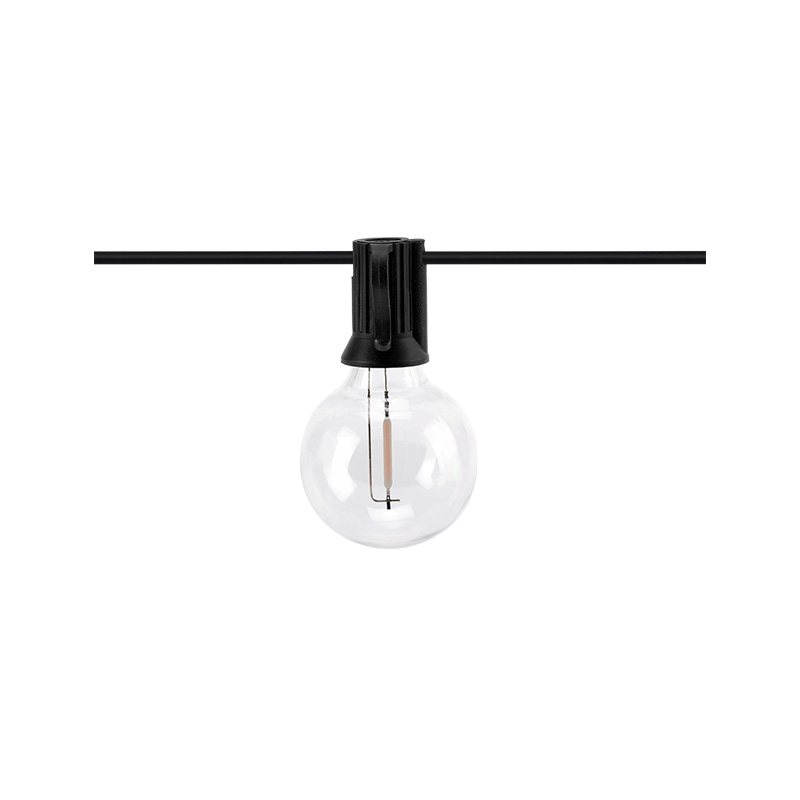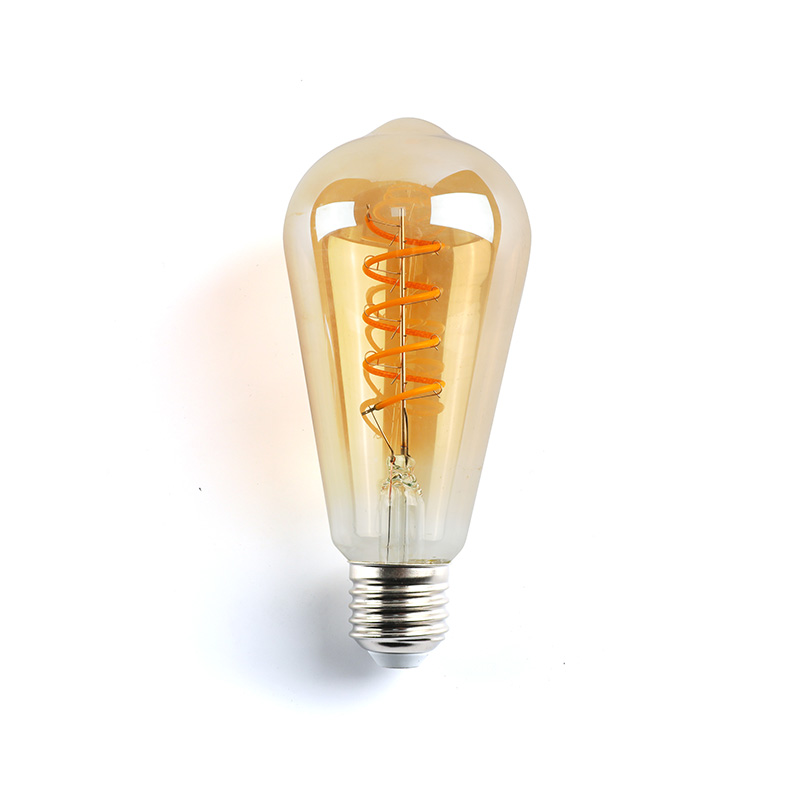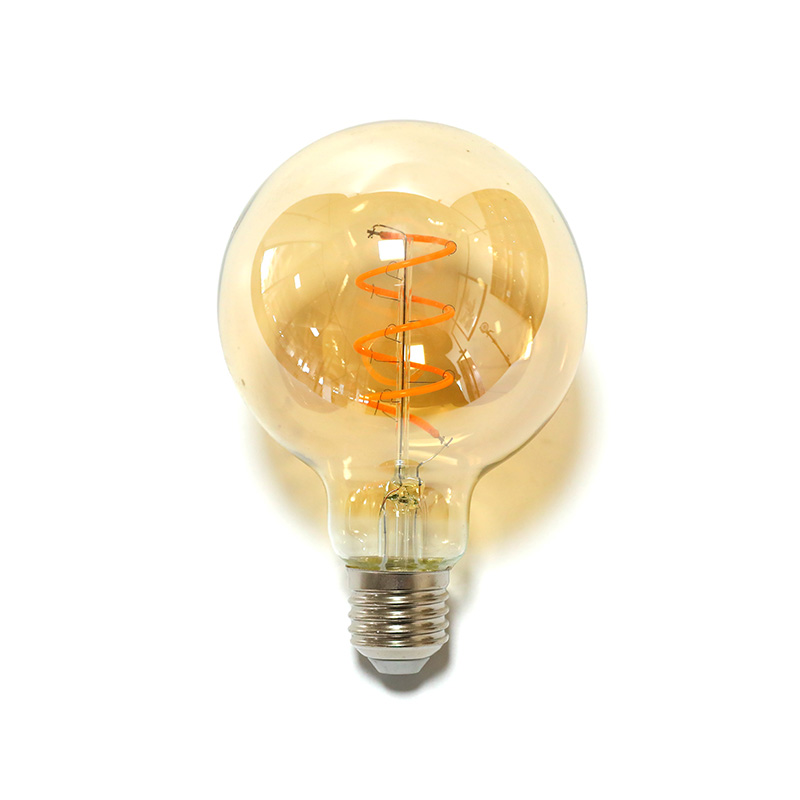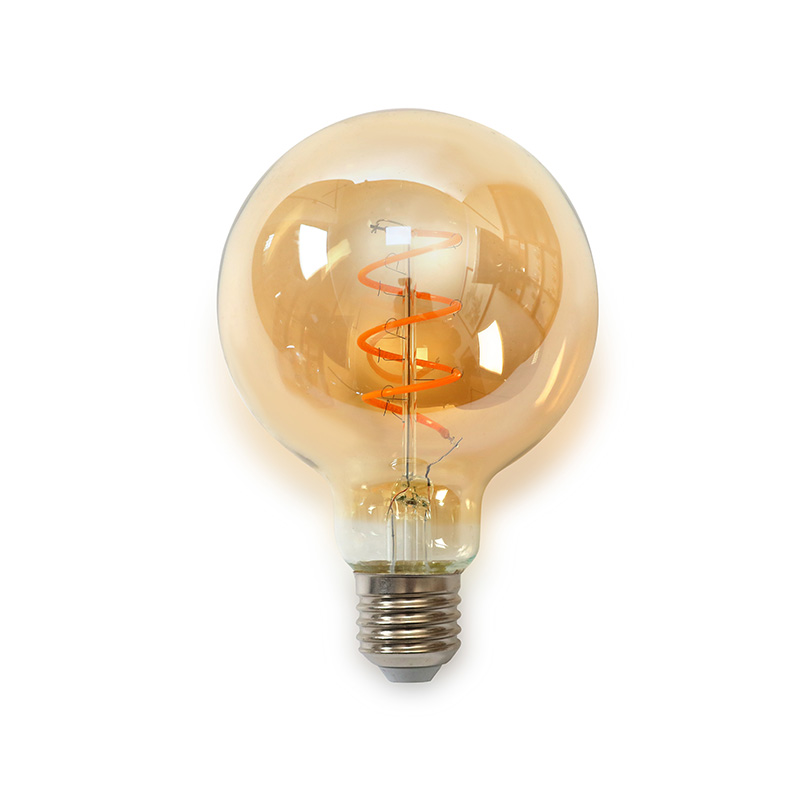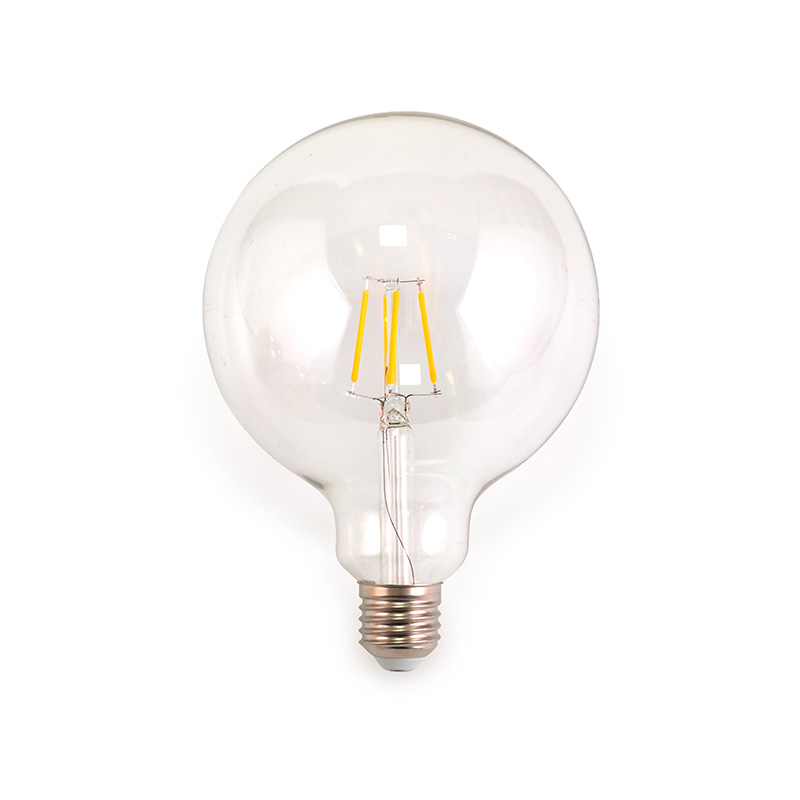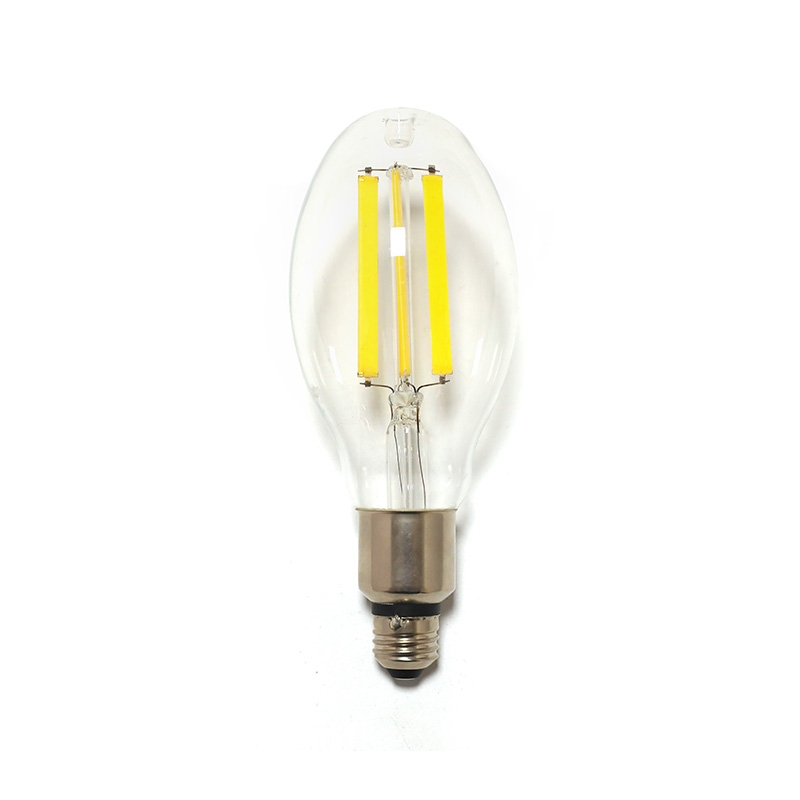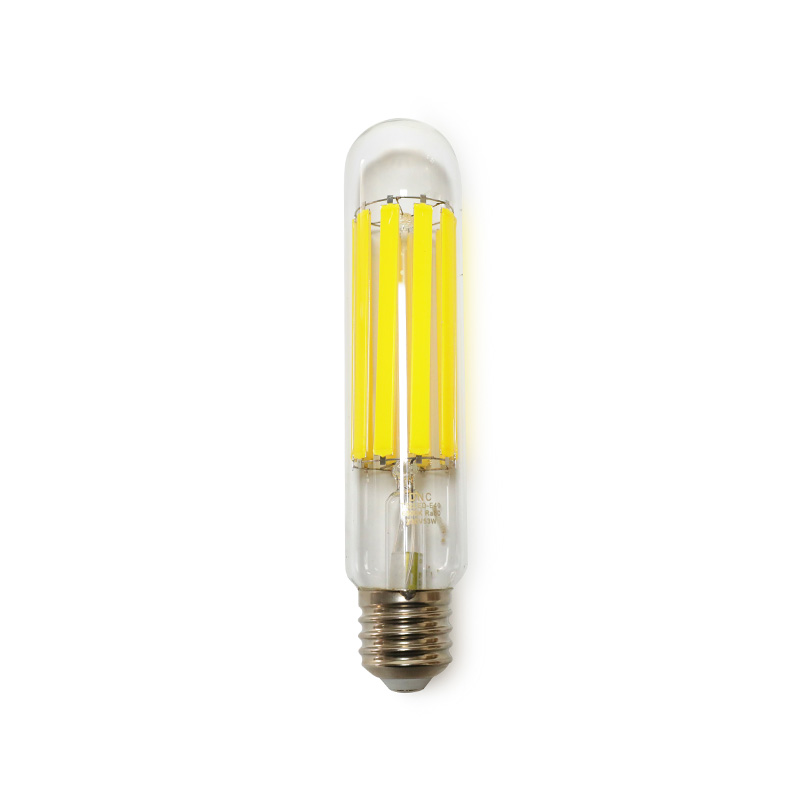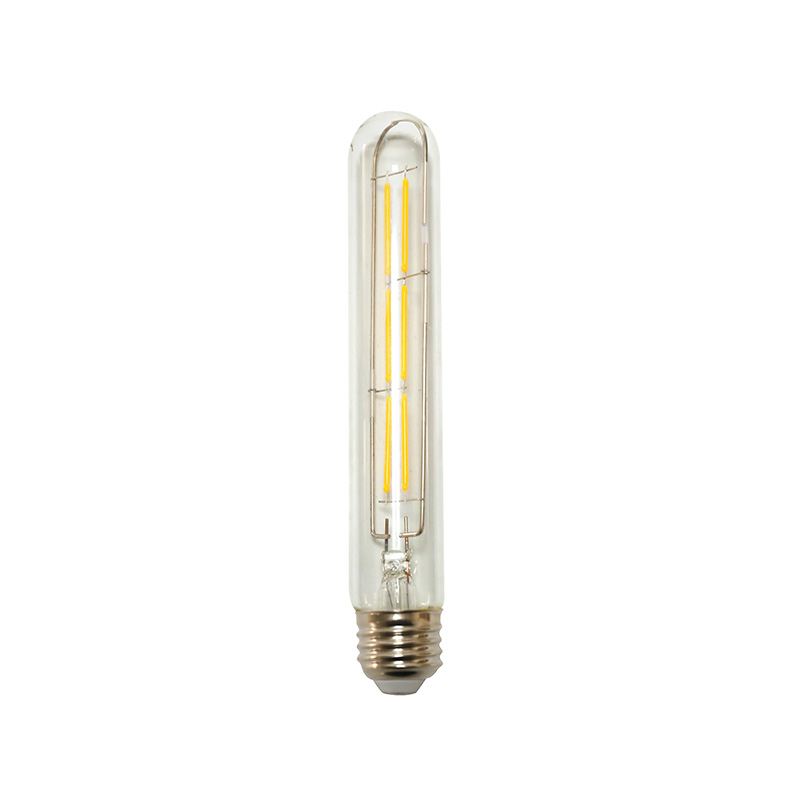Antique lamp bulbs, often admired for their nostalgic charm and golden glow, are instantly recognizable by one distinctive feature: their visible filaments. These delicate, glowing threads inside the glass envelope are not just decorative details but a window into the history and evolution of electric lighting. While modern LED and compact fluorescent bulbs have hidden or artificial filaments, antique bulbs proudly display theirs, embodying both aesthetic appeal and engineering simplicity.
1. The Origins of the Visible Filament
The visible filament dates back to the very beginning of electric illumination. When Thomas Edison, Joseph Swan, and other inventors of the late 19th century were developing incandescent lamps, the focus was on creating a reliable light source using the technology available at the time.
Early light bulbs operated on a simple principle: passing an electric current through a thin wire (the filament) caused it to heat up until it glowed. However, there was no practical way to conceal the filament because the bulb’s design itself was transparent. The glass envelope needed to protect the filament from air exposure (which would cause oxidation) but still allow the light to pass through unobstructed.
Thus, the visible filament was a byproduct of necessity, not decoration. It was the functional heart of the bulb, visible through clear glass so the maximum amount of light could shine outward.
2. The Functionality Behind the Filament’s Visibility
The earliest incandescent lamps used carbon filaments, later replaced by tungsten, which offered greater durability and brightness. In both cases, the glowing wire was the only element generating light, and there was no reflector, shade, or frosted coating to diffuse it.
This meant that the filament had to be exposed and visible, suspended by metal support wires inside the bulb. The more visible it was, the more direct the light appeared. Manufacturers designed different filament shapes—loops, spirals, or vertical strings—to improve performance and light distribution.
Visibility was also practical for diagnostics. In an era before modern quality control, being able to see the filament allowed manufacturers and users to inspect its condition visually. If a filament was warped, broken, or discolored, it indicated that the bulb was nearing the end of its lifespan.
3. The Aesthetic Legacy of Early Engineering
While early engineers didn’t set out to make beautiful bulbs, the exposed filament’s golden glow became an accidental art form. The soft, amber hue produced by heated tungsten or carbon filaments gave off a cozy, inviting light that contrasted sharply with the sterile brightness of later fluorescent lamps.
As a result, the visible filament eventually took on a symbolic and aesthetic quality. It came to represent warmth, craftsmanship, and the dawn of modern technology. Antique bulbs showcase intricate filament shapes—cages, spirals, zigzags—that were not just functional but visually captivating when lit.
By the early 20th century, manufacturers realized that consumers appreciated the decorative beauty of these glowing filaments. Even as frosted bulbs became common for practical reasons (to diffuse light more evenly), the clear glass and visible filament design remained popular for special applications such as chandeliers, cafés, and decorative fixtures.
4. Materials and Manufacturing in Early Bulb Design
The visibility of the filament also has much to do with the materials and construction techniques used in antique bulbs.
- Glass Enclosures: Early bulbs used hand-blown or mold-blown glass, typically clear and thin, to minimize obstruction of light. Frosted glass, which hides the filament, wasn’t introduced until later.
- Filament Materials: The first filaments were made of carbonized bamboo or cotton thread, later replaced by more durable tungsten. These materials glowed visibly when current passed through them.
- Vacuum or Gas-Filled Design: Antique bulbs were either vacuum-sealed or filled with inert gases like argon to prevent oxidation. Because the vacuum did not distort visibility, the filament remained clearly visible through the glass.
In short, the entire structure was engineered for visibility. Every component—the supports, the filament coil, the glass envelope—was designed to work together to produce a direct, unfiltered light.
5. The Transition to Concealed Filaments
As lighting technology advanced, the visible filament began to disappear—not because it was undesirable, but because new designs demanded efficiency and diffusion.
By the mid-20th century, manufacturers began using frosted or coated bulbs to reduce glare and provide softer illumination suitable for homes and offices. These coatings concealed the filament, diffusing the light more evenly.
At the same time, fluorescent and later LED technologies replaced the incandescent design altogether. These newer light sources use phosphor coatings, semiconductors, or diodes to emit light—processes that don’t require a glowing filament at all.
However, even as the visible filament became obsolete, it remained iconic. The image of a glowing filament still symbolizes “ideas,” innovation, and inspiration.
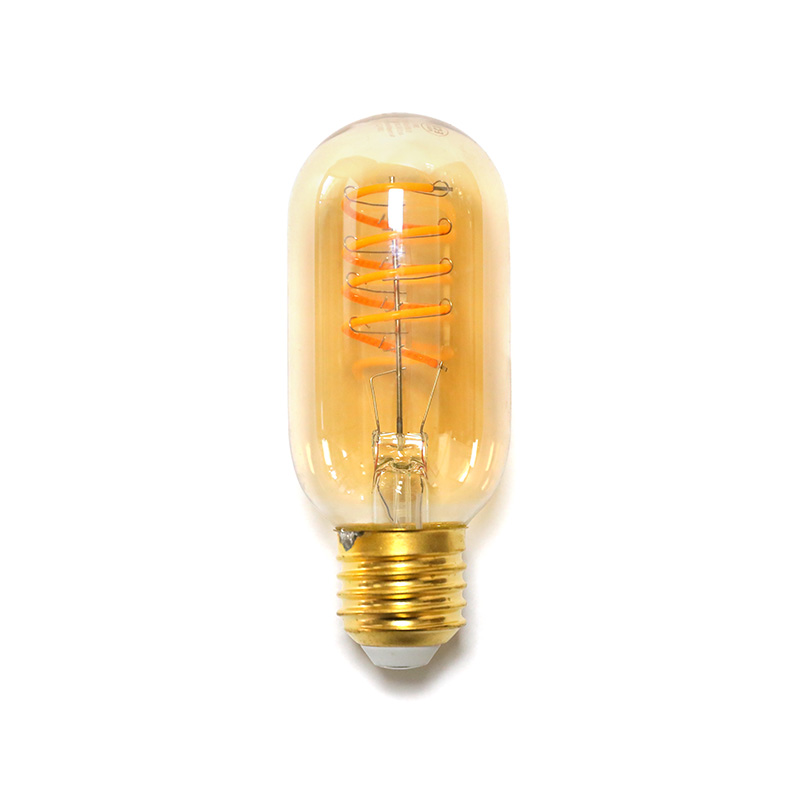
6. The Modern Revival of the Visible Filament
In recent years, the visible filament has experienced a strong resurgence thanks to the vintage and industrial design movements. Homeowners, interior designers, and cafés around the world have rediscovered the warm ambiance of antique lighting.
Modern reproductions of antique bulbs—often called Edison bulbs or vintage filament bulbs—combine classic aesthetics with contemporary safety and efficiency standards. Many of these bulbs use LED filaments, which mimic the appearance of tungsten coils but consume a fraction of the energy.
The appeal lies not only in nostalgia but also in the emotional warmth that visible filaments evoke. The soft, golden tones and exposed glow create a sense of authenticity, craftsmanship, and intimacy that modern bulbs rarely capture.
7. Filament Design Variations and Their Purposes
Antique lamp bulbs display a surprising variety of filament designs, each serving specific technical and visual purposes.
- Single-Loop Filament: One of the earliest designs, used in early Edison bulbs.
- Spiral Filament: Created to produce a more concentrated, brighter light.
- Cage or “Hairpin” Filament: Designed for even light distribution, often seen in decorative bulbs.
- Helix or Coiled Filament: Introduced later to increase surface area and efficiency.
Each of these designs remains visible and deliberate, often enhanced by clear glass that highlights the filament’s shape. Modern manufacturers replicate these patterns to capture the authentic look of early bulbs while using energy-efficient materials.
8. The Science Behind the Glow
When electricity passes through a filament, it encounters resistance, causing the filament to heat up and emit light—a process known as incandescence. The temperature of the filament determines the color temperature of the light.
Antique bulbs typically operate at lower temperatures (around 2200–2700K), producing a warm amber light. This glow is pleasing to the eye and emphasizes the visibility of the filament. Unlike modern LEDs, which emit directional light, antique filaments radiate light evenly in all directions, enhancing their luminous presence within the glass.
The visible filament, therefore, isn’t merely a historical artifact—it’s the core mechanism that defines incandescent lighting.
9. Cultural and Emotional Appeal of Visible Filaments
There’s also a psychological and cultural reason antique bulbs with visible filaments remain beloved. Their gentle radiance evokes nostalgia and comfort, reminiscent of candlelight or early evening glow. In design terms, they blend old-world craftsmanship with modern simplicity.
Visible filaments also symbolize human ingenuity. When people see the glowing wire, they are reminded of the era when electricity itself was a marvel—a visible sign of progress and discovery. The filament acts as a miniature beacon of history, connecting us to the pioneering spirit of the Industrial Revolution.
That emotional connection helps explain why modern designers reintroduce visible filaments even in LED reproductions. They offer a visual reminder that light, at its most beautiful, is both a function of technology and a form of art.
10. Practical Considerations for Using Antique Bulbs Today
If you plan to use antique or reproduction filament bulbs in your space, a few practical points are worth keeping in mind:
- Heat Output: Genuine incandescent antique bulbs can become very hot, so they should be used in open fixtures with good airflow.
- Energy Consumption: Traditional filament bulbs consume more power than modern LEDs. For daily use, LED filament alternatives are more efficient.
- Dimming Compatibility: Not all antique-style bulbs are dimmable; check the manufacturer’s specifications.
- Lifespan: Real antique bulbs and reproductions have shorter lifespans (typically 1,000–2,000 hours), whereas LED versions can last over 15,000 hours.
- Safety: Ensure the voltage and socket type match your fixture. Some authentic antiques are for display only and should not be connected to active power sources.
These factors allow you to enjoy the visual charm of visible filaments while maintaining modern safety and efficiency.
11. The Visible Filament as a Design Element
Today, designers use antique-style bulbs not only for illumination but as a design centerpiece. The visible filament, framed within clear glass, adds depth and texture to lighting schemes. It works beautifully in:
- Industrial interiors with exposed brick and metal fixtures.
- Rustic or vintage settings where warmth and nostalgia matter.
- Minimalist environments, where the bulb itself becomes the art.
In each case, the visible filament serves both an aesthetic and symbolic role—representing authenticity, transparency, and connection to the origins of modern light.
12. Conclusion: The Beauty of What’s Meant to Be Seen
Antique lamp bulbs have visible filaments because they were born in an era when function and form were inseparable. The filament was not hidden because it was the source of light—the central mechanism that made electric illumination possible. Over time, what began as a technical necessity became a design legacy, celebrated for its warmth, artistry, and historical significance.
Today, the glowing filament remains an icon of both invention and beauty. Whether viewed in a century-old lamp or a modern reproduction, it reminds us that sometimes, the most captivating designs are those that reveal their inner workings. In a world full of concealed circuits and sleek enclosures, the visible filament stands as a glowing tribute to the origins of light itself—a timeless marriage of science and aesthetics.

 English
English русский
русский